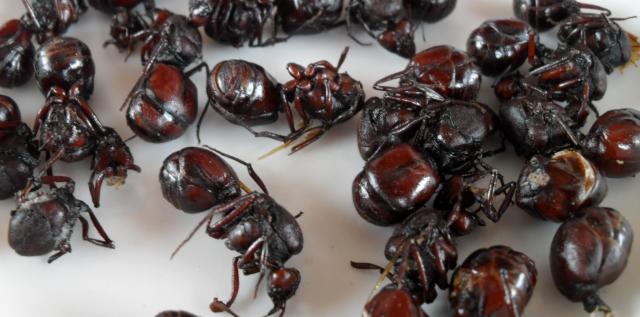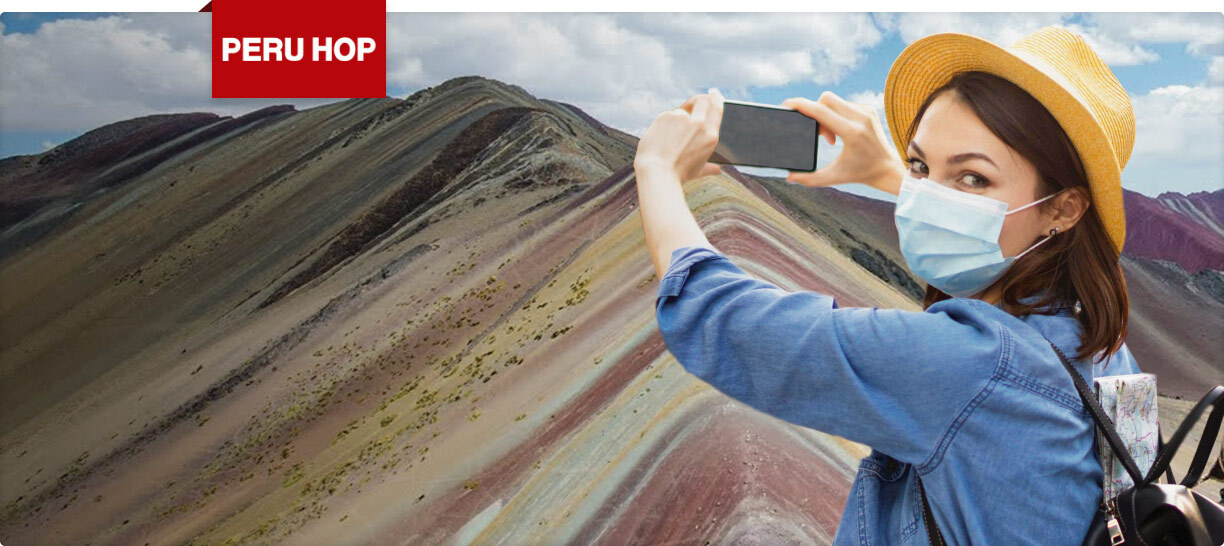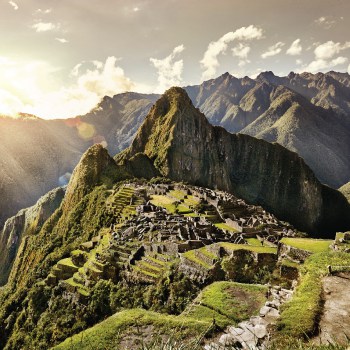Eating Ants in Peru: Hormigas Culonas
Forget peanuts, popcorn and pretzel sticks… ants are the food of the future. Well, maybe. But probably not. Either way, eating ants is quite a treat in some parts of the world, Peru included, so it’s tough to turn down a plate of hormigas culonas.

Hormigas Culonas, Big-Ass Ants
The scientific name for this particular species of large leafcutter ant is Atta laevigata, but they are known by a variety of names across the Americas. In Colombia, you’ll be snacking on hormigas culonas, literally “big-bottomed ants,” while in Central America you’re more likely to hear them called zompopos de mayo, and bachacos in Venezuela. There seem to be a few different names in Peru, including mamacos, siqui sapa and domblos.
Whatever the name, these big-bottomed ants remain as much of a delicacy as they were in pre-Columbian times. The ants can only be harvested at certain times of the year, making them a scarce and relatively expensive commodity. In San Martin, mamacos appear in the markets during October and November, but only after short periods of rain.
You can buy a large spoonful of approximately 20 toasted ants for S/.1, while a kilo will set you back a hefty S/.50 (US$18).

The Sensation of Eating Ants
Firstly, these big-bottomed ants are quite large, so ignoring the little details is slightly tricky. If you’re squeamish, you might want to shut your eyes before digging in.
A not-too-unpleasant crunchiness accompanies the first bite, followed by a familiar taste — familiar, that is, if you’ve tried pork rinds (pork scratchings in the UK). To be exact, the taste is similar to pork rinds, but with a woody, earthy flavor somewhere in the mix.
While that doesn’t sound too bad, the aftertaste is not particularly pleasant. The earthy, soil-like flavor lingers in the mouth, combined with a slight oiliness. Now is a good time to have a sip of your favorite Peruvian beer.

Eating Ants: Legless, Headless or As They Come?
Overall, the ant-eating experience isn’t too bad, but I’ll only make a habit of it if I find myself lost and starving in the middle of the Amazon. After eating about 10 of the poor little things, I had certainly had my fill (and that aftertaste was hard to shift).
There’s still one thing I’m not too sure about: the best way to eat them. When I first came across toasted ants in Brazil, only the body section was on sale — no legs and no heads. In contrast, these Peruvian ants looked like they could stroll off the plate. After eating two or three ants, I decided to remove the legs — picking ants legs from your teeth is just weird. I doubt if that affects the flavor, but legless ants seem so much more palatable…
Photos © Tony Dunnell.
ENTERTAINMENT TIP: If looking for fun at night, or to watch sports during the day, or even a taste of home, visit the Wild Rover Hostels Chain for great food, sports and beer! Entrance to their bars is free even for non-guests











4 comments for “Eating Ants in Peru: Hormigas Culonas”